Related Tags
Cause & Effects: Are we witnessing the end of guitar amplifiers as we know it?
With each month seeing new clever pedalboard-based amp solutions, Adrian Thorpe wonders if there’s a future for amplifiers?
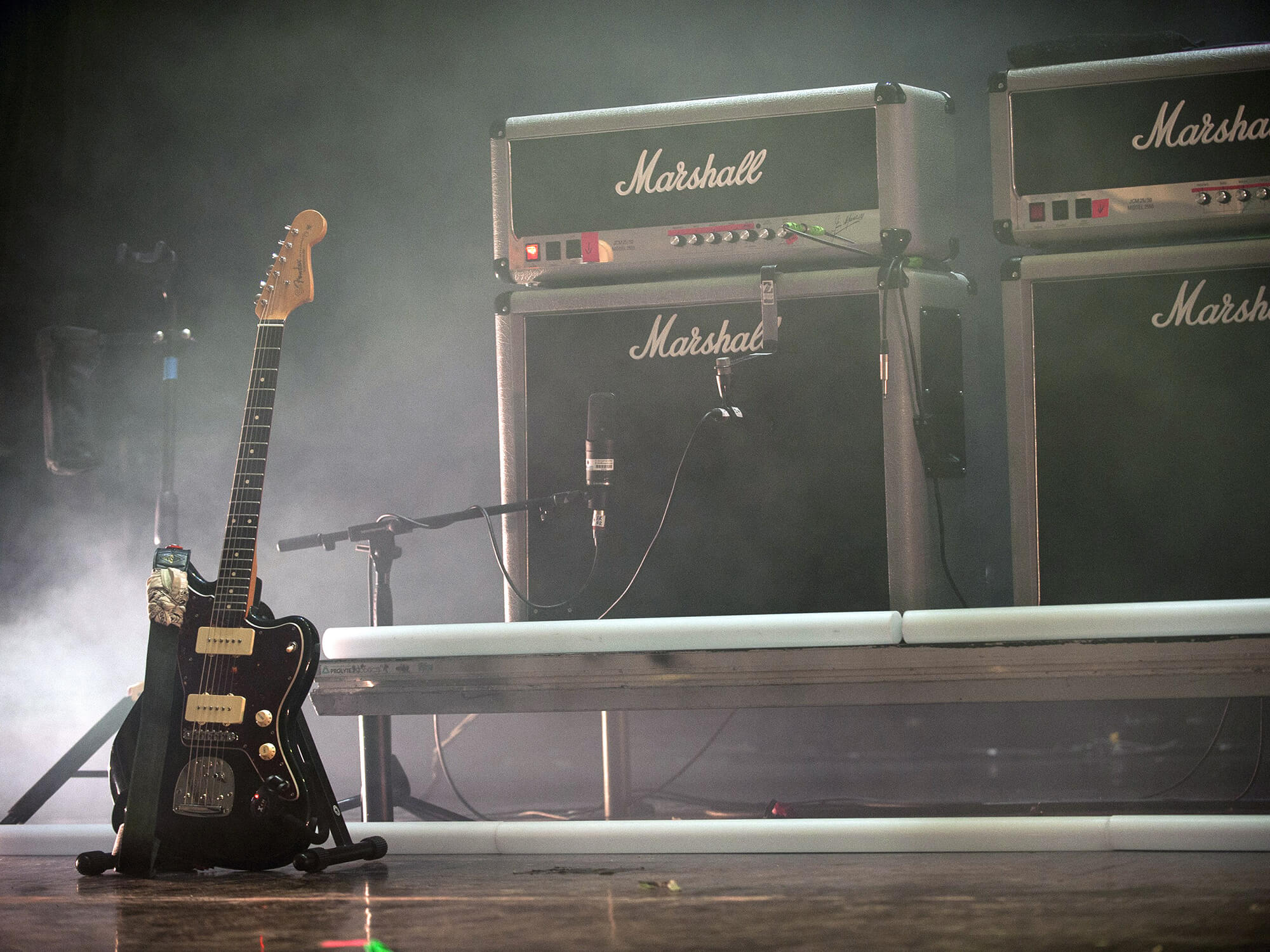
Image: Mark Holloway / Redferns
Let’s clear this up from the start – I absolutely love guitar amplifiers, big loud monstrous stacks of speakers with 100-watt heads sat atop. I like to feel the air move as I play and the feedback and interaction between the guitar and the speaker cabinet.
It’s not just distorted amps I like though, I really like my clean amps to have massive headroom and clarity too. To that end I am probably too biased to answer the question posed above, it’s not going to stop me though.
The most important part of “your sound”?
I see guitar amplifiers on a par with guitars and pedals in importance. They are vital to ensuring the sound you produce is what you want your audience to hear. Indeed, as the last part of your guitar chain one could say amplifiers are the most important part of a guitarists sound. However, with the onset of modellers, Amp simulators, direct interfaces with Impulse responses and the like, some are turning their backs on the physicality of back-breaking amps.
Putting my personal preferences asides, and in attempt to approach this logically, I’m going to look at the signal chain after the guitar and try to understand what you’re losing (and gaining) at each step.
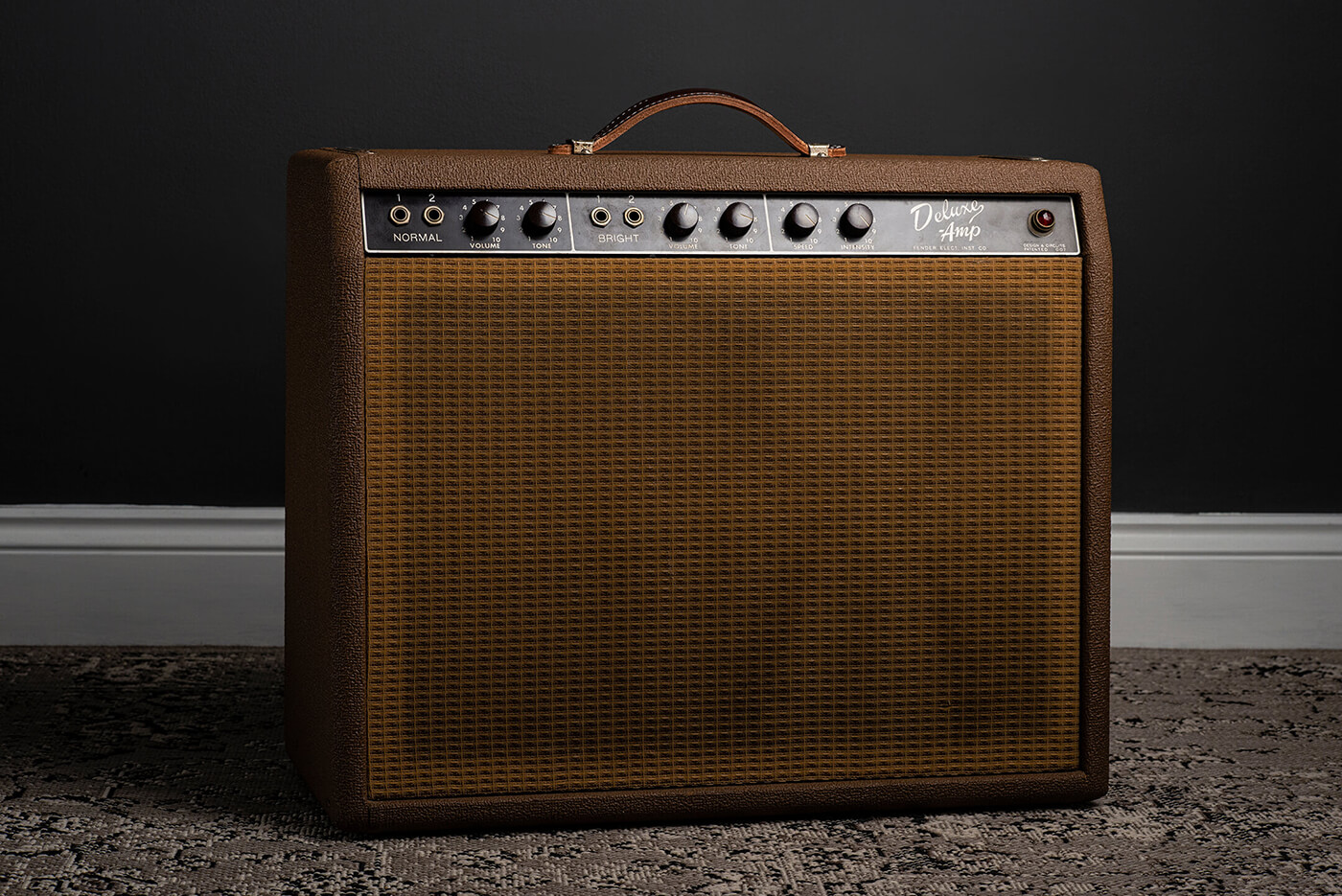
Removing the speaker/cabs
If I had to ditch anything from my chain, this would be the thing I’d be most happy to wave goodbye to. Most critically, this would mean that I wouldn’t have to load-in any more speaker cabs, which unless you’re some sort of sadist must be a positive – no matter how you approach them, a speaker cab is awkward to carry.
Cabs are also awkward to mic up consistently venue to venue, so being able to remove this part and use something else that’s more consistent is advantageous. Thankfully attenuators have gotten smart in recent years. Both the Universal Audio Ox and Two Notes Captor X allow you to present a load to your amplifier whilst simulating cabs and mic placement before plugging directly in the front of house. This solution is great as it allows amplifiers to take on a similar role but with less logistical burden and more consistency in sound reproduction.
In fact, my only real issue with this is one of accessibility – where do you keep your amp? On the floor? On a chair? Hanging from the ceiling? It’s not exactly an inspiring aesthetic or a useful solution. Sonically though, I have to concede, it’s awesome.
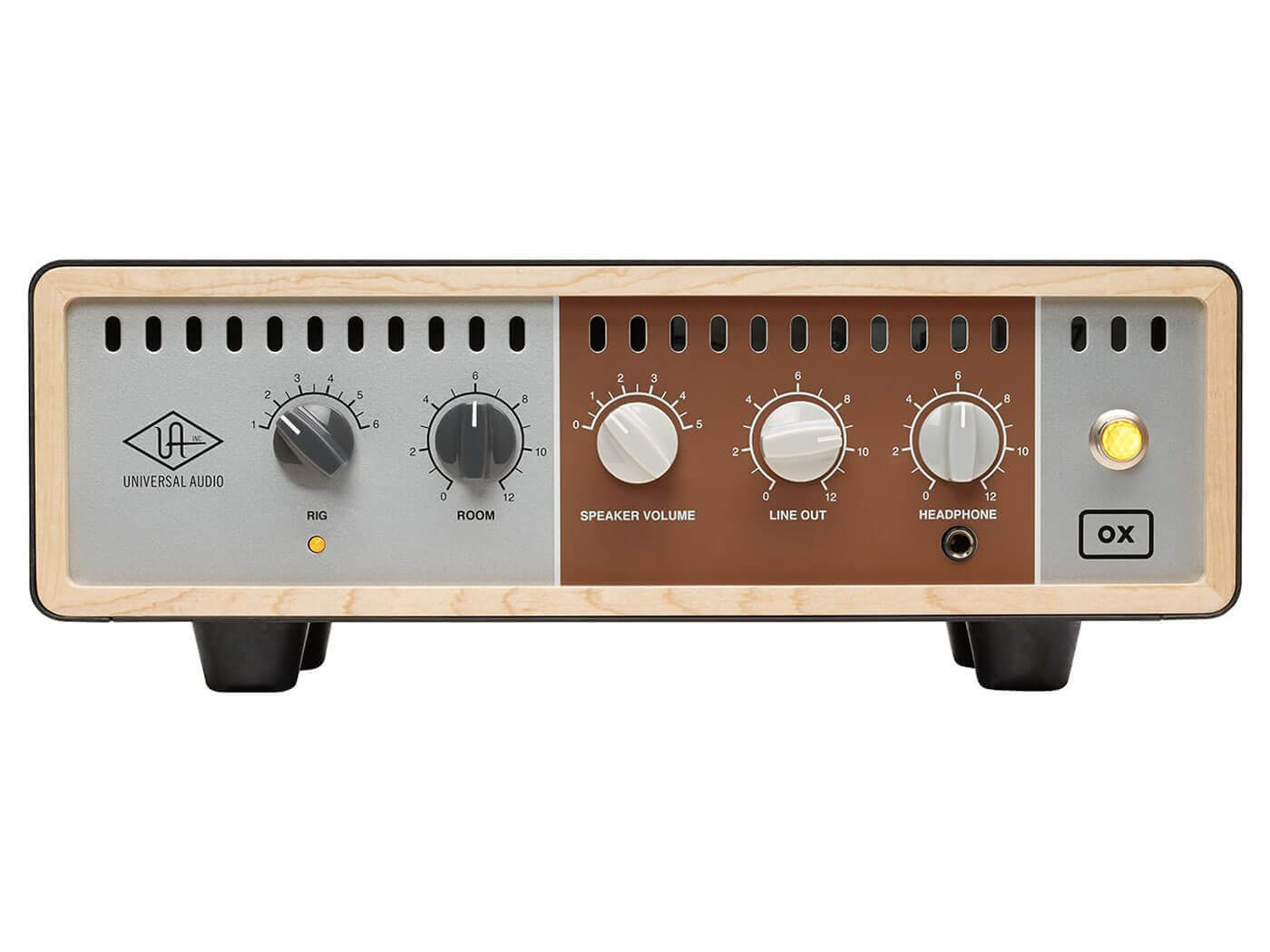
Removing the speakers and amplifier
Now we are talking, no cab, no amp, no microphones. Your sound meticulously crafted with your pedals, pedals plugged into a pedalboard solution like Strymon’s Iridium or Humboldt’s Simplifier – the perfect logistical package, right?
Except you now have nothing on stage to hear and help you stay in time, unless you add a stage monitor to your rig, and I thought this was supposed to be about minimising your load-in? Also, without careful and considered use, you could end up with latency that can hinder your ability to keep pace with the band.
It’s a tempting solution especially if your PA is great (or you play venues that have good PA and monitoring) and you only need a clean platform for your pedals to work with. After all, if your pedals are the core of your sound, a simulated amp that makes that sound louder makes a world of sense. One bag, a couple of cables and you are ready to go.
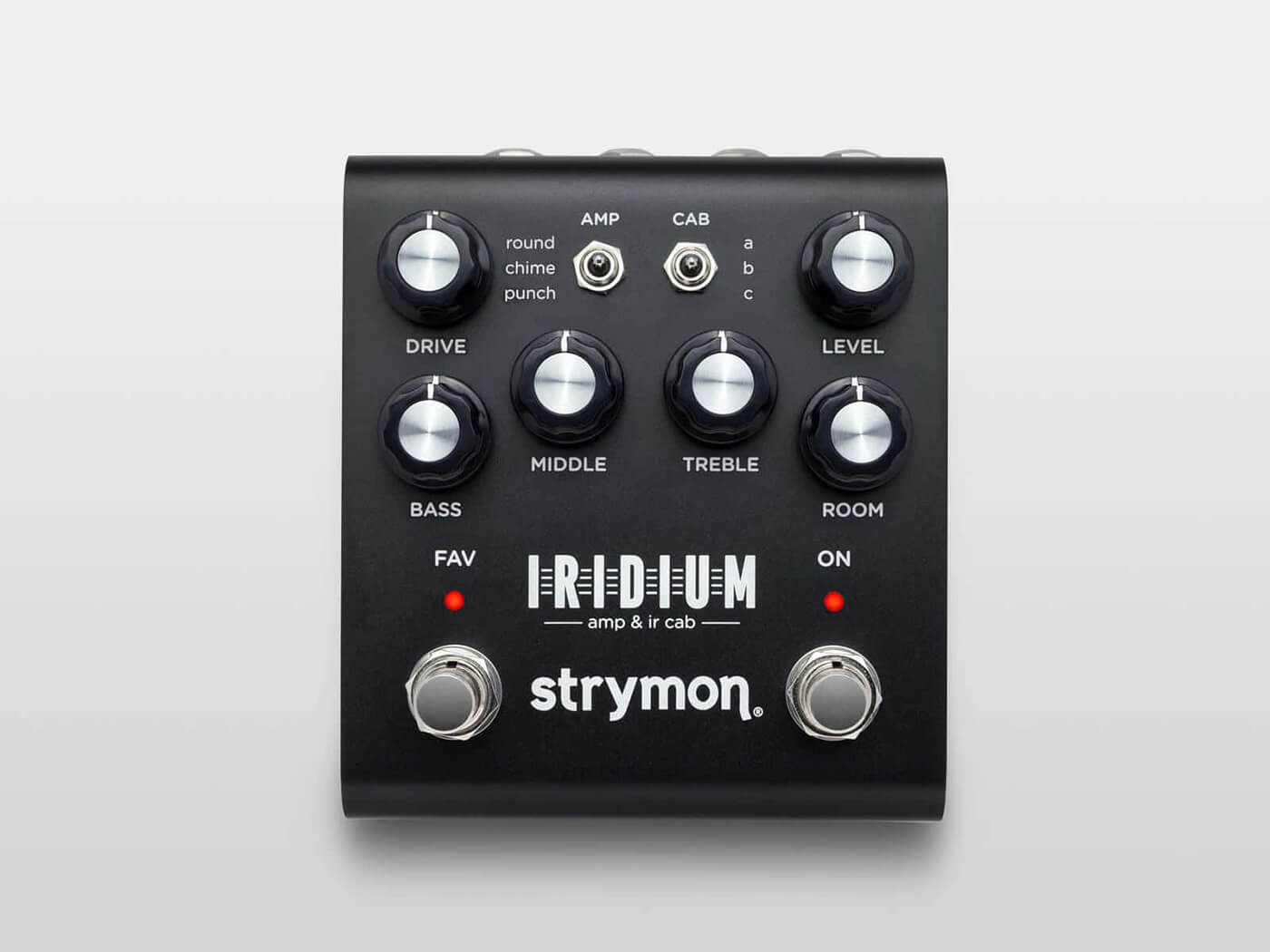
Removing the speaker, amplifier AND pedalboard
A travesty has befallen us, the soul ripped out from our individually crafted sounds and replaced with a box of carefully crafted modelling algorithms. I jest, but this has become the go-to solution for many guitarists and it really does make sense if you are gigging internationally or want to simplify your rig setup and gain consistency in your sound.
There is a lot to say for this approach especially if a silent stage is something the venue requires from your band. There are downsides though, most chiefly that you are heavily reliant on the venue PA and mixing desk. If these are ropey in any way, there is no recovery to be had from the stage sound.
Some people like to compromise with this solution, adding pedals to their modeller to give them a modicum of individuality to their sound and yet retain all the advantages baked into the modeller. Not only that, with some modellers such as Kemper or Neural DSP you can capture the sound if your own amps and take them out on the road with you. Familiarity and a compact solution.
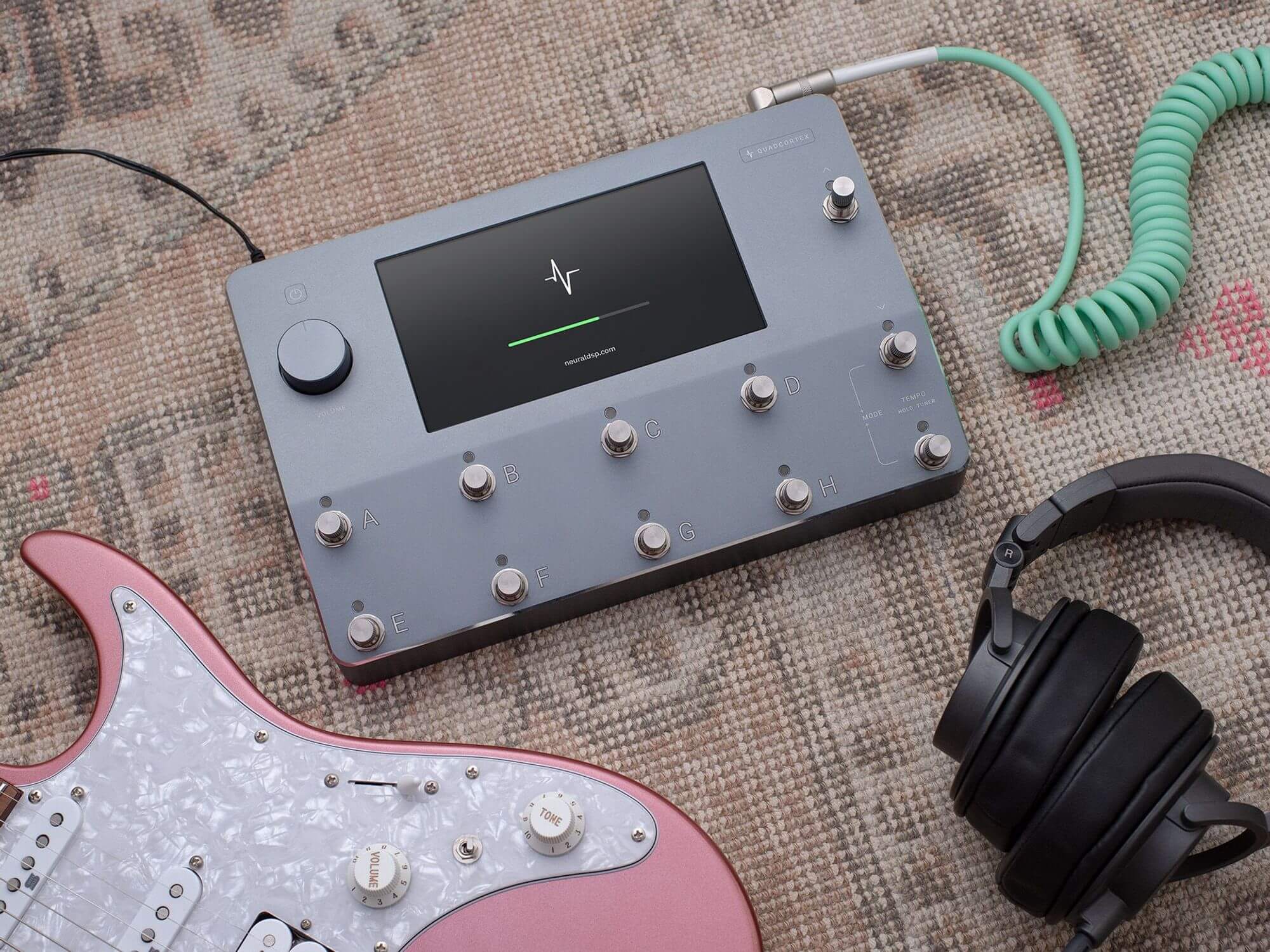
So are all/some of the above causing guitar amplifiers to become extinct?
The guitar market seems to ebb and flow like the tides, but I certainly believe we are moving away from heavy high-wattage valve amplifiers for most uses. Below a certain size of venue, it is impossible to utilise a 100-watt head and stack at the level required to make them sound best.
An attenuator can help tame the volume allowing louder valve amps to work on smaller stages and lots of people like this solution. Smaller valve amps are becoming a more popular option too, for instance Marshalls 20-watt Silver Jubilees and JCM800s are a marvellous invention and sound great at non-ear-shattering levels.
I’m not certain that valve amps will die out entirely though – and it’s not a world I’d like to see. If you ever get to hear yourself through something that loud, it’s a visceral experience that gets the endorphins flowing. A loud amp coupled with a pedalboard is beyond epic, it’s a sound that really can’t be beaten. I know the other options will be more useful for other use cases but that doesn’t mean they are the best sounding or emotionally enjoyable option.
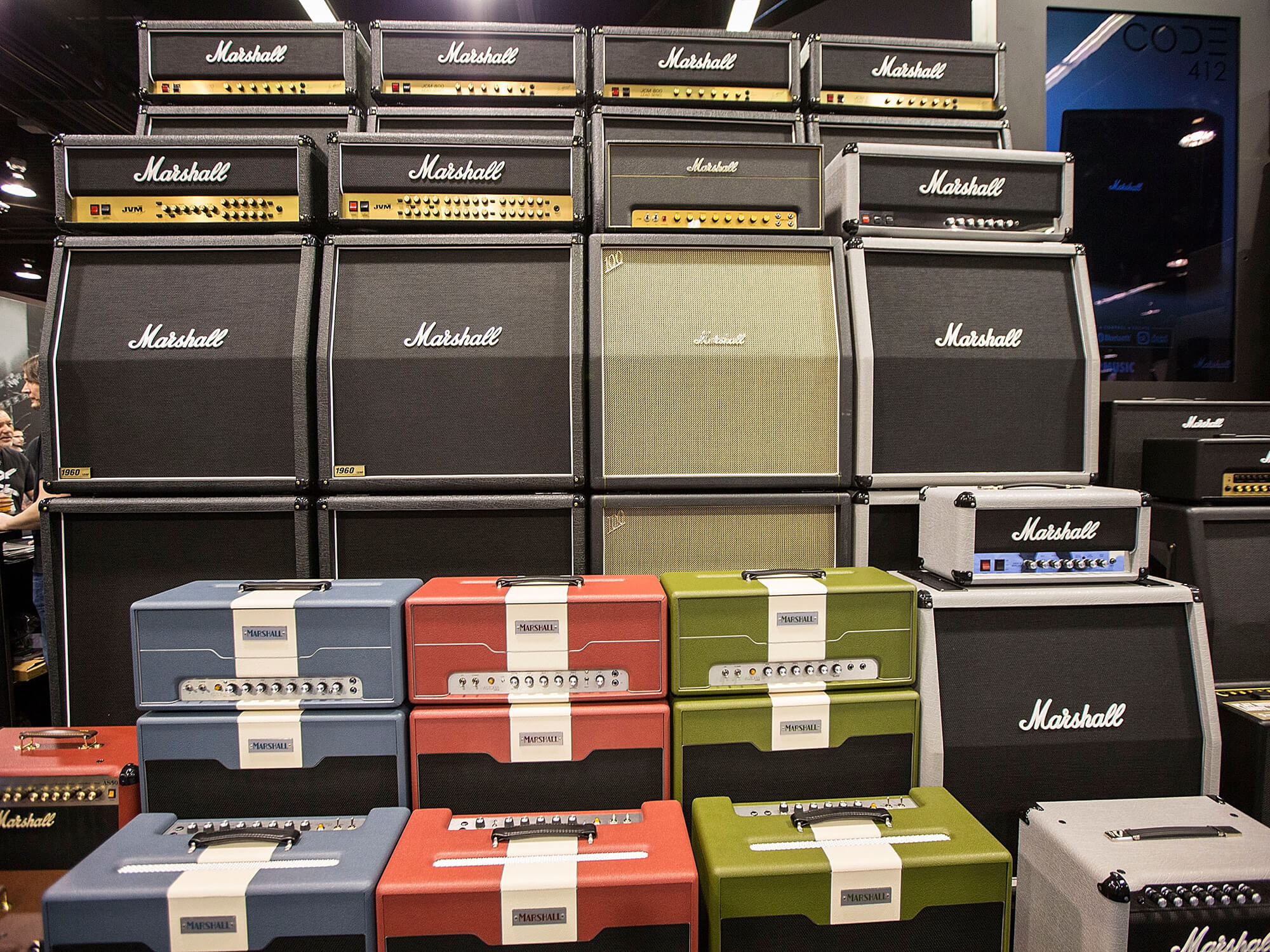
The answer as per usual will come down to personal choice – many will opt for a bit of both, with a full amp setup at home or in the studio and maybe a modeller or a pared down solution for live work.
It’s funny, because this is essentially the EXACT opposite of how it used to be, but I think that’s where we are heading. Amplifiers are going to become what vinyl is to music. You won’t choose them because they are the perfect solution for all scenarios, it’ll become an event, a choice, a conscious decision to enjoy the sheer bloody volume and emotional connection and if that’s what the extinction of amplifiers looks like then so be it, I’m in.
For more features, click here.
